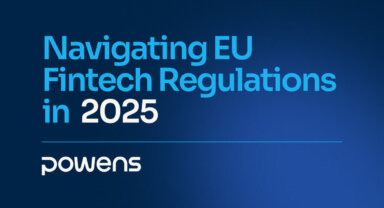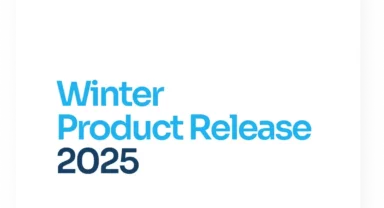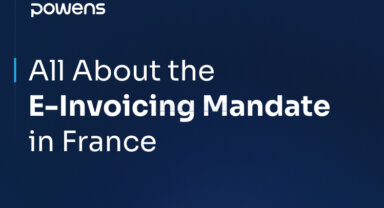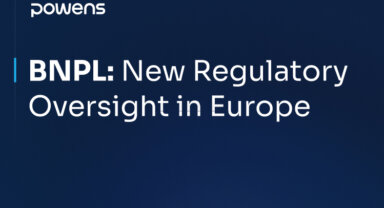On June 28, the European Commission published a new legislative package that includes a revision of the Payment Services Directive (PSD3), the PSR (Payment Services Regulation) regulation, and a proposal for an Open Finance regulation called FiDA (Financial Data Access).
While the vast majority of players are delighted to hear this news, and rightfully so, I am more reserved for the moment—remaining measured, and cautious. I needn’t remind you that we are just barely getting over the “side effects” of PSD2’s implementation. Nonetheless, the new, bold directive aims to finally correct the obstacles that many have pointed out over the past few years.
Clarifying a few things
Generally speaking, the proposed text is a step in the right direction, even though the balance between consumer protection and the desire for innovation is always a delicate one.
Here’s the good news:
- The power of sanction being conferred on competent national authorities has the greatest potential to improve the current state of affairs. We’ve been floating around in an environment of near impunity. This change will force players to comply with the law (surprising as that may seem).
- The text clearly lays out the API performance obligation in terms of response time, functionalities offered, and data parity in online banking vs API access. It also removes most of the obstacles already mentioned in the June 2020 EBA Opinion Paper.
- The fact that banks will no longer be able to require their customers to renew their strong authentication (SCA) within 180 days is a huge victory that will bring a great deal of relief to our customers and their users, who are constantly bludgeoned by requests to renew their SCA.
The above points seem like common sense, but it’s a relief to see this when you consider the fallout from PSD2 in September 2019.
The FiDA regulation is the real breakthrough
The Commission’s proposal to extend the scope beyond payment account data represents a real step forward, at least on paper. The possibility to retrieve data on all financial products (savings, investment, insurance, etc.) via dedicated interfaces will accelerate the development, particularly in savings and wealth management.
The question from here is what will the desire for even greater data openness, the standardization of interfaces, and monetization actually look like? This is a highly complex subject, and we need to work with all stakeholders involved to ensure that we don’t repeat the mistakes of the past. On the strength of our experience in this field, we will do everything we can to ensure that our common goals are met.
There is a final bit of news that is just as important: the introduction of accessible user dashboards. Users will be able to view all third-party players to whom they have given access to their data. They will be able to see who has access, for how long, and who will allow them to revoke such access. This is novel thinking that promotes transparency. However, I think this dashboard should also simplify the renewal of data access to TPPs and allow for the extension of the SCA renewal period. We want to empower users, so let’s empower them all the way.
The road ahead
A great deal now remains to be defined in concrete terms in order to move from a widely-shared vision to genuine market success. The operational conditions for implementation will be defined by the infamous RTS – Regulatory Technical Standards. But, if these standards lack precision and are not prepared with stakeholders, they will only serve to complicate things further. As I mentioned above, the fallout from PSD2 is still fresh in everyone’s mind.
The most important thing Is to view the text’s ambition through the lens of reality. PSD2 was very ambitious at the outset, but in the end, it was ruined by incomplete RTS and misunderstood Q&A from the EBA. It ultimately left everyone with a sour opinion of the whole ordeal.
The good news is that we have time to get things right this time. The vote on the texts is expected to take place at the beginning of 2024 and would come into force at the beginning of 2026. Knowing all this ahead of time, we have no excuse.
Let’s get to work!

 Jul 21, 2023
Jul 21, 2023 



